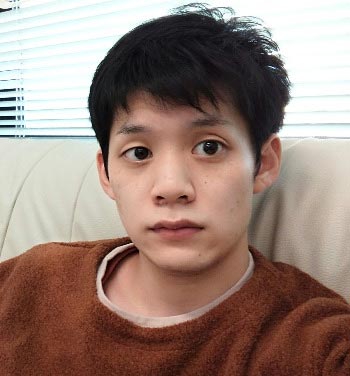Figure 1: An illustration showing the two states of a cuprate high-temperature superconductor. A new protocol for constructing quantum circuits could be help with calculations on quantum materials such as superconductors. Credit: US Department of Energy
A novel protocol for quantum computers could reproduce the complex dynamics of quantum materials.
RIKEN researchers have created a hybrid quantum-computational algorithm that can efficiently calculate atomic-level interactions in complex materials. This innovation enables the use of smaller quantum computers or conventional ones to study condensed-matter physics and quantum chemistry, paving the way for new discoveries in these fields.
A quantum-computational algorithm that could be used to efficiently and accurately calculate atomic-level interactions in complex materials has been developed by RIKEN researchers. It has the potential to bring an unprecedented level of understanding to condensed-matter physics and quantum chemistry—an application of quantum computers first proposed by the brilliant physicist Richard Feynman in 1981.
Quantum computers bring the promise of enhanced number-crunching power and the ability to crack problems that are out of the reach of conventional computers.

Kaoru Mizuta and co-workers have demonstrated a method to implement time-evolution operators on limited-size quantum computers. Credit: 2023 RIKEN Center for Quantum Computing
Qubits, the building blocks of quantum computers, are essentially tiny systems—nanocrystals or superconducting circuits, for example—governed by the laws of quantum physics. Unlike bits used in conventional computers, which can be either one or zero, qubits can have multiple values simultaneously. It is this property of qubits that gives quantum computers their advantage in terms of speed.
An unconventional way of computation also requires a new perspective on how to efficiently process data in order to tackle problems too difficult for conventional computers.
One notable example of this is the so-called time-evolution operator. “Time-evolution operators are huge grids of numbers that describe the complex behaviors of quantum materials,” explains Kaoru Mizuta of the RIKEN Center for Quantum Computing. “They’re of great importance because they give quantum computers a very practical application—better understanding quantum chemistry and the physics of solids.”
The prototype quantum computers demonstrated to date have achieved time-evolution operators using a relatively simple technique called Trotterization. But Trotterization is thought to be unsuitable for the quantum computers of the future because it requires a huge number of quantum gates and thus a lot of computational time. Consequently, researchers have been striving to create quantum algorithms for accurate quantum simulations that use fewer quantum gates.
Now, Mizuta, working with colleagues from across Japan, has proposed a much more efficient and practical algorithm. A hybrid of quantum and classical methods, it can compile time-evolution operators at a lower computational cost, enabling it to be executed on small quantum computers, or even conventional ones.
“We have established a new protocol for constructing quantum circuits that efficiently and accurately reproduce time-evolution operators on quantum computers,” explains Mizuta. “By combining small quantum algorithms with the fundamental laws of quantum dynamics, our protocol succeeds in designing quantum circuits for replicating large-scale quantum materials, but with simpler quantum computers.”
Mizuta and his team next intend to clarify how the time-evolution operators optimized by their method can be applied to various quantum algorithms that can compute the properties of quantum materials. “We anticipate that this work will demonstrate the potential of using smaller quantum computers to study physics and chemistry.”
Reference: “Local Variational Quantum Compilation of Large-Scale Hamiltonian Dynamics” by Kaoru Mizuta, Yuya O. Nakagawa, Kosuke Mitarai and Keisuke Fujii, 5 October 2022, PRX Quantum.
DOI: 10.1103/PRXQuantum.3.040302




